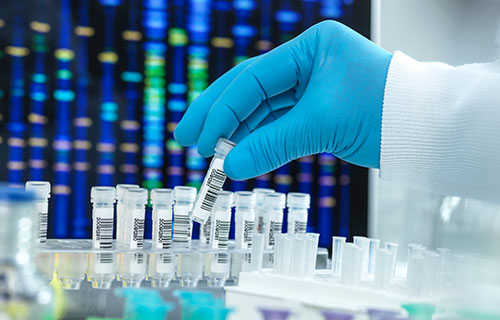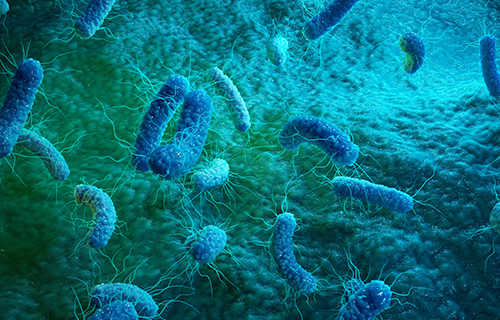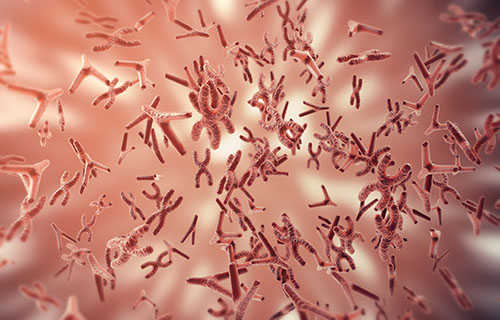
How to Study Population Evolution by Genome Sequencing?
Introduction to Population Evolution A population, also known as a species, is a group of individuals who can all interbreed. The collection of these genes is known as a gene pool because these individuals can share genes and pass on combinations of genes to the next generation. Only populations, not individuals, go through the evolutionary […]


 Sample Submission Guidelines
Sample Submission Guidelines







